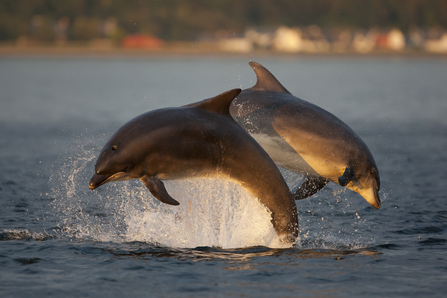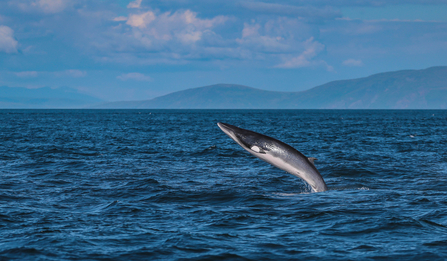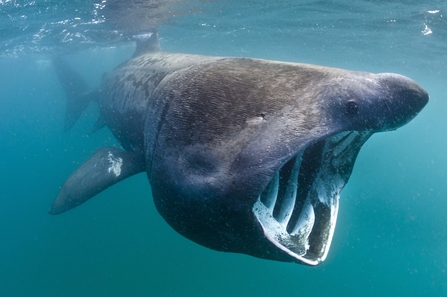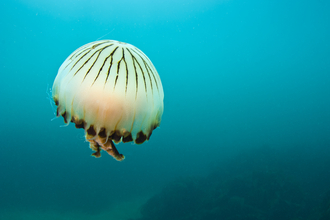The Earth is known as the blue planet, and with very good reason, with around 71% of it’s surface covered in water. But have you ever stopped to think about why exactly water is blue? The more you think about our amazing oceans, the more questions that pop up. Why is it salty? How do tides work? What’s the difference between a whale and a dolphin?
In this blog we offer answers to some of the regularly asked questions about the oceans, our UK seas in particular, and the wildlife that lives there.






